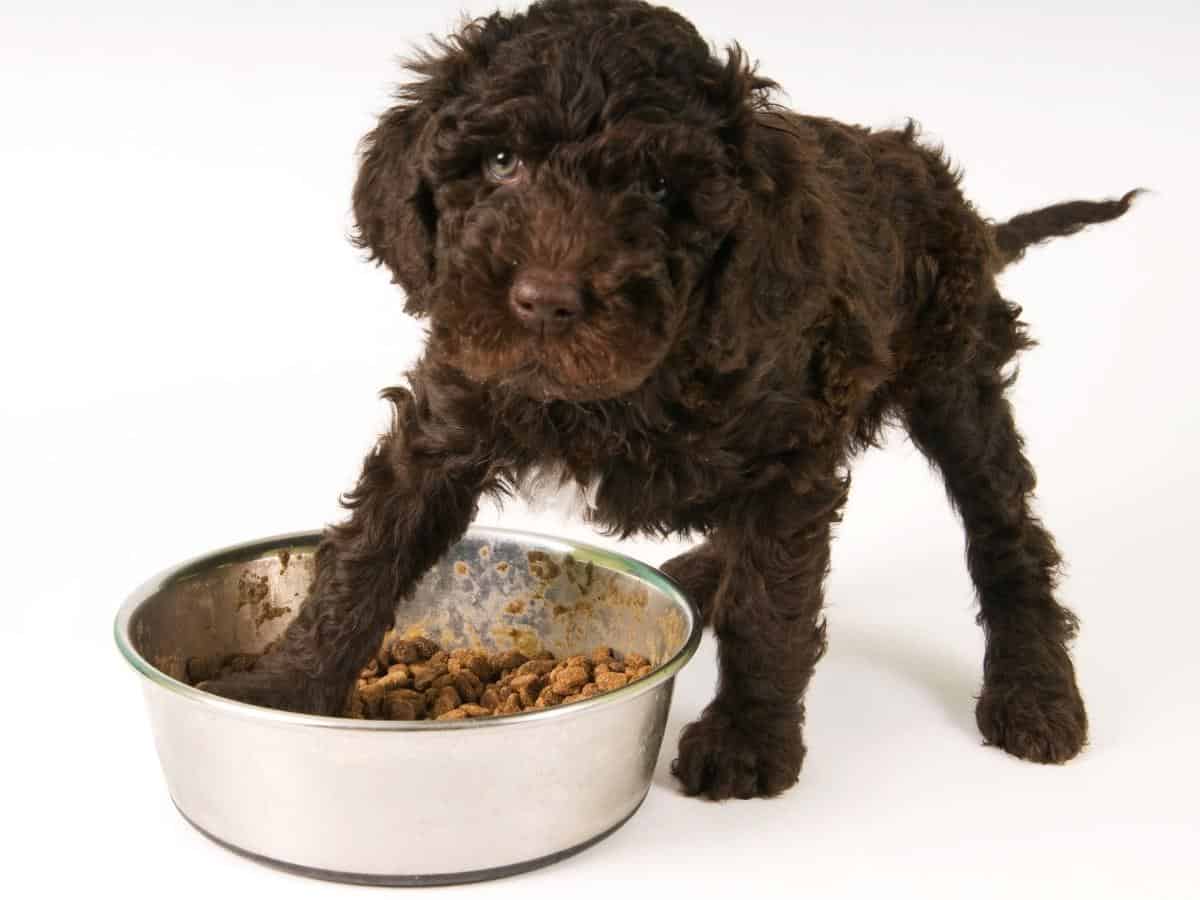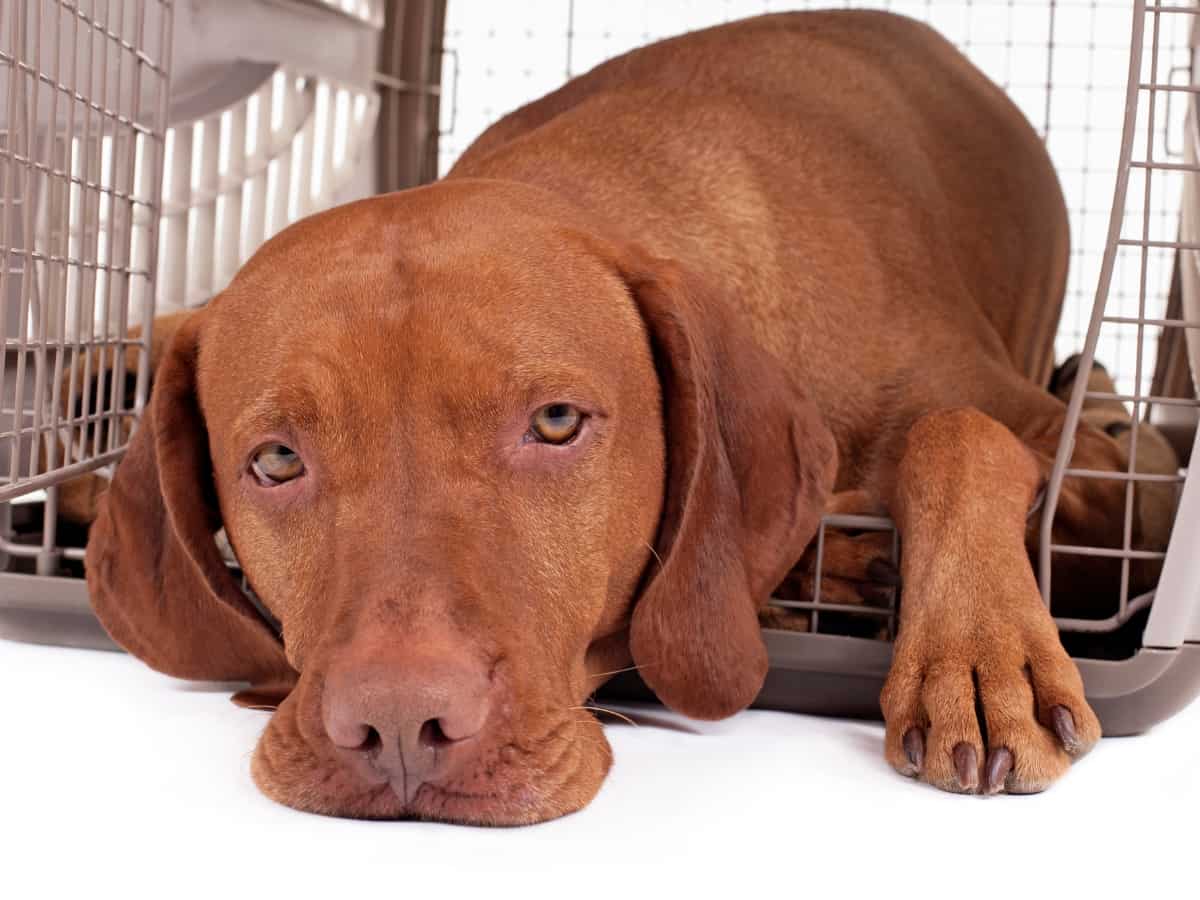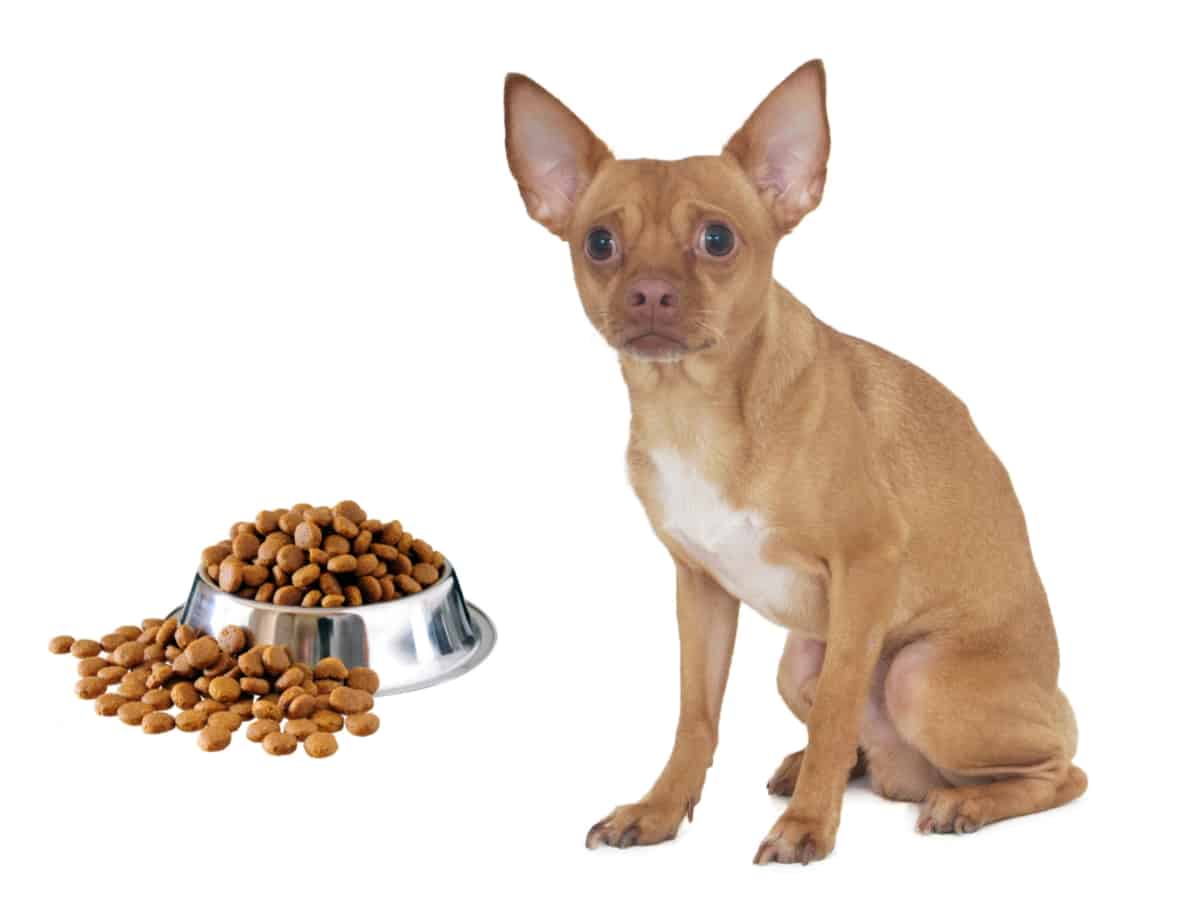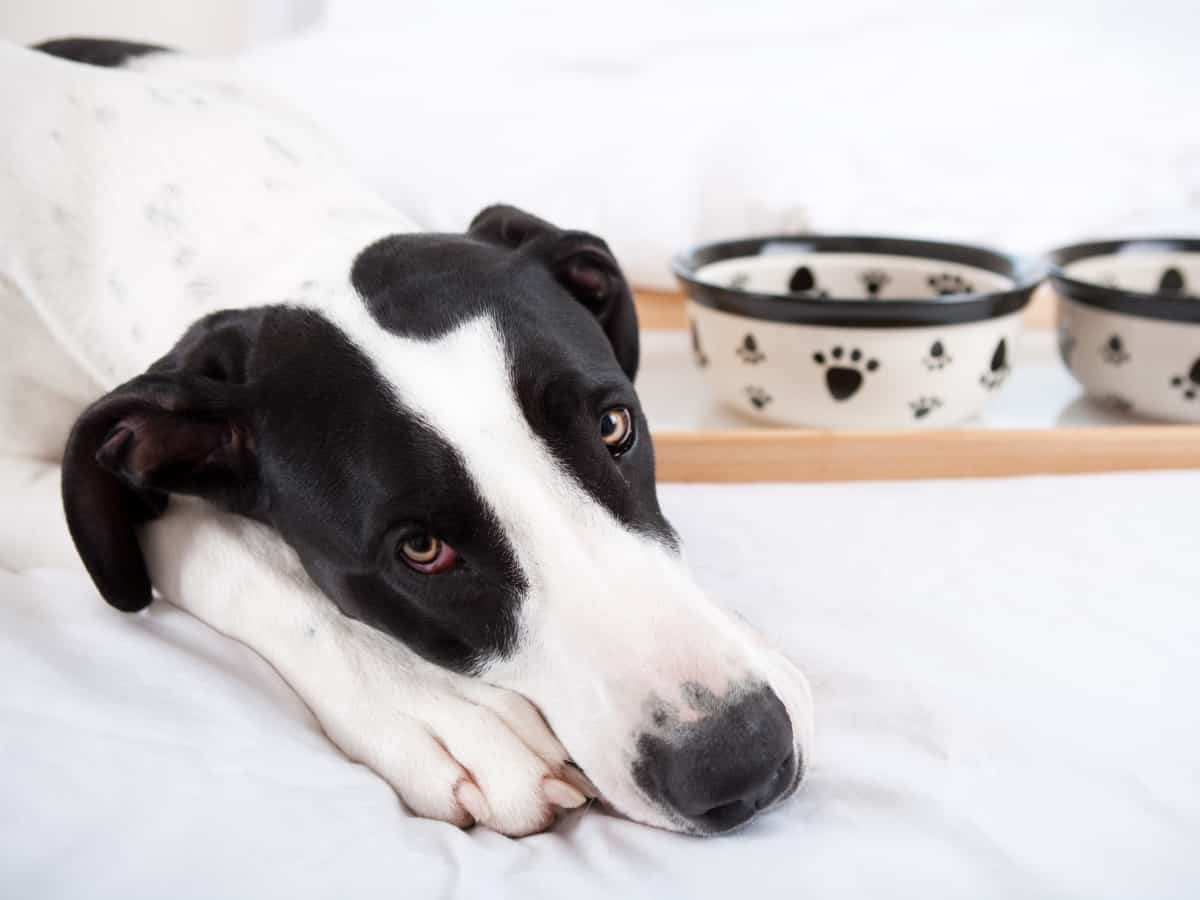Dogs are known for their array of peculiar habits, and flipping their food bowl is one that often perplexes and frustrates pet owners. This behavior can leave you puzzled, questioning the root cause behind it.
Although it may appear as a harmless eccentricity, there are various underlying factors that could be prompting your dog to flip its food bowl. Understanding these reasons is key to addressing and modifying this behavior.
Your dog’s tendency to flip its food bowl could stem from a range of factors, including seeking attention, experiencing boredom or frustration, feeling anxious, disliking the bowl’s design or material, underlying health issues, asserting dominance, engaging in learned behavior, or expressing playfulness.
In this article, we’ll explore 7 reasons your furry friend might engage in this behavior. From boredom and attention-seeking to health issues and dominance, we’ll delve into the possible causes of your dog’s food bowl-flipping habit.
Understanding the reasons behind your dog’s behavior can help you address any underlying issues and find a solution that works for you and your pet.
Let’s get started!

Reasons Your Dog Flips His Food Bowl
There are many strange dog eating behaviors; flipping the food bowl is just one unusual conduct that some dogs exhibit. But what exactly does it mean? Let’s explore 7 reasons in more detail.
1. Attention-Seeking Behavior
Hey, fellow dog owners! So, your pup has been flipping his food bowl around, huh? Your furry friend may feel neglected or ignored; flipping his food bowl is his way to get your attention. I’ve seen this plenty of times.
To help curb this behavior, try spending more time with your dog and giving him plenty of love and attention.
When it’s time for him to eat, give him his food in a quiet, secluded area where he can eat without distractions or interruptions. This way, he won’t need to flip his bowl around to get your attention.
Another option is feeding him from a puzzle toy or interactive feeder. I love the Outward Hound Fun Feeder from Amazon.
Note: Clicking the above link(s) will take you to Amazon or an online store where we have an affiliate relationship. If you make a purchase, we may earn a commission at no additional cost to you.
This cool puzzle toy will keep him occupied and provide mental stimulation that can help alleviate boredom and attention-seeking behavior. Plus, watching your dog figure out how to get his food from a puzzle toy is fun.
2. Boredom
One common sign of boredom in dogs is when they start flipping their food bowl. It might seem harmless and even funny behavior, but it’s a sign that your dog needs more mental or physical stimulation.
Dogs are intelligent animals that need regular mental and physical exercise to stay healthy and happy. If they don’t get enough stimulation, they may resort to destructive or self-stimulating behaviors like flipping their food bowl.
So, if you notice your dog doing this, it’s a sign that you need to change their routine. Consider taking them on more walks, playing fetch, or giving them puzzle toys to play with.
Anything challenging them mentally or physically will help prevent boredom and destructive behavior.

3. Frustration
Another reason your dog might flip their food bowl is frustration with their diet or not getting enough food. If your dog is flipping their bowl, it could be a sign that they don’t like the food you’re giving them or that they’re not getting enough of it. Some dogs can be picky eaters, just like humans.
It’s essential to ensure your dog gets a balanced and nutritious diet that meets its individual needs. Consider talking to your vet or a pet nutritionist about what food is best for your furry friend.
If you suspect that your dog is not getting enough food, you may need to adjust its portion sizes or feeding schedule. Addressing your dog’s frustration with its diet can help prevent it from flipping its food bowl and potentially developing other unwanted behaviors.
4. Dislike of The Food Bowl
It turns out that some dogs may flip their food bowl simply because they don’t like the bowl itself! Maybe it’s too deep or shallow, or perhaps it’s not their style. Hey, everyone has their preferences, right?
If you suspect your dog is flipping their food bowl due to a dislike of the bowl, consider trying different styles and materials to see what they prefer. Maybe they’ll like a stainless steel bowl over a ceramic one, or perhaps they’ll prefer a shallower dish.
Just remember, dogs have unique personalities and preferences, so don’t be too surprised if they turn their nose up at a particular bowl. I’m sure we’ve all had that one friend who refuses to eat off certain plates or utensils, right?

5. Playfulness
Some dogs are naturally playful creatures. They may flip their food bowl to play or experiment with their surroundings. They’re saying, “Hey, this bowl is pretty cool! Let’s see what happens when I give it a good flip!” Who knew mealtimes could be so exciting?
If you suspect your dog is flipping their food bowl out of playfulness, it’s important to ensure they’re not causing any damage or creating a mess. You don’t want to come home to a kibble-covered kitchen, right?
Consider giving your dog other toys and activities to play with to help channel their playful energy. Maybe a puzzle toy or a game of fetch will do the trick.
Just remember, dogs are naturally curious and playful creatures, so letting them explore and experiment with their surroundings is important. Who knows, maybe your dog will become a professional bowl-flipper someday! Okay, maybe not, but you never know.
6. Health Issues
If your dog is experiencing gastrointestinal problems or dental pain, it may associate eating with discomfort, and try to avoid it by flipping its bowl. It’s like they’re saying, “No thanks, I’ll pass on the food for now.”
If you suspect your dog’s bowl-flipping behavior is due to a medical issue, taking them to the vet for a checkup is essential.
Your vet can help diagnose and treat any underlying conditions causing your dog’s discomfort. Once your dog’s health issues are resolved, they’ll be more likely to eat without fuss.
Remember, our furry friends can’t communicate their health issues as we can, so it’s important to watch for any unusual behavior or changes in their appetite.

7. Learned Behavior
Dogs flipping their food bowls can be a learned behavior or a habit, each with its unique challenges and solutions. When a dog receives attention or rewards for flipping their bowl, it might repeat the action as a way of seeking attention. It’s a canine way of saying, “Look what I can do!”
To discourage this, avoid rewarding the behavior. You may be inadvertently doing this just by laughing at his actions. Instead, reinforce positive actions, like sitting calmly during meal prep or waiting patiently for food.
On the other hand, if bowl flipping has been a long-standing habit, it’s akin to a person’s unconscious habits like nail-biting. Breaking this habit involves introducing new routines and positive reinforcement.
Feeding smaller meals more frequently or using puzzle feeders can provide mental stimulation and discourage the behavior. Praise and treats for appropriate behavior can help your dog learn new, preferable habits.
Solutions to End Your Dog’s Bowl-Flipping Behavior
To stop your dog from flipping its food bowl, try the following:
- Use a heavier or non-slip bowl
- Consider using a raised feeder
- Provide more mental and physical stimulation
- Feed smaller meals more frequently
- Avoid rewarding or paying attention to the behavior
If the behavior persists, consult a veterinarian or professional dog trainer for further guidance. Consistency and perseverance are key when it comes to training your dog, so be sure to remain calm and uniform in your approach.
FAQs
Does flipping the food bowl indicate a medical issue?
While unlikely, flipping the food bowl could potentially indicate an underlying medical issue with your dog. It is best to consult your veterinarian to rule out any health problems.
Should I change my dog’s feeding routine to prevent bowl flipping?
Modifying your dog’s daily feeding routine may help to prevent unwanted bowl-flipping behavior. Trying to feed on a schedule and in a consistent location could help reduce this action.
Can different types of food bowls help reduce flipping behavior?
Utilizing an alternate food bowl design may aid in reducing unwanted flipping of the vessel. Bowls with a rubberized bottom or elevated style can make tipping difficult for the animal. Close monitoring is still advised.





